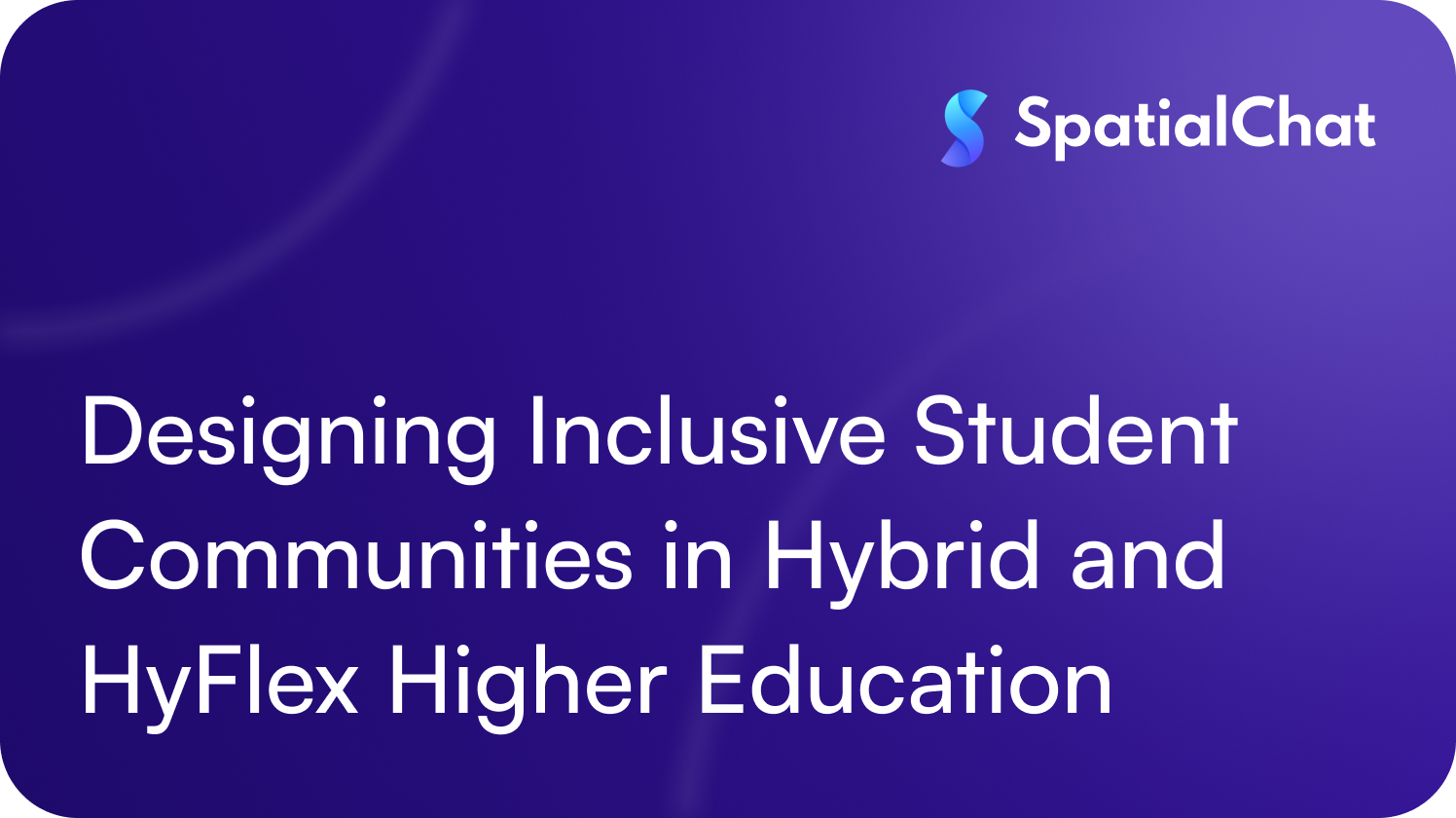As hybrid and HyFlex learning models become the norm in higher education, college classrooms are growing more diverse—not just in culture and background, but in how and where students participate. This emerging “spatial diversity” includes students physically present on campus and those engaging remotely from various locations.
To foster an inclusive learning environment, university leaders must reimagine support systems that meet the needs of all learners—regardless of where they’re logging in from. A truly inclusive campus is one that serves both in-person and online students equitably, ensuring access to services, opportunities, and a shared sense of community.
Looking Beyond the Digital Divide
The COVID-19 pandemic underscored long-standing issues of digital inequality. In 2020, nearly 1 in 5 college students reported facing barriers to online learning due to limited access to reliable devices or internet connectivity. In response, institutions and partners have stepped up—offering loaner laptops, expanding broadband access, and providing mobile hotspots. But while these efforts help bridge the digital divide, they also raise new questions: What level of technology access should be considered standard in higher education? And is digital connectivity now a public good?
Still, bridging the access gap is only the first step. Simply getting students online isn't enough. Remote learners deserve the same level of support, engagement, and inclusion as their on-campus peers. Without intentional design and outreach, colleges risk creating two separate student experiences—splitting the community into isolated groups and undermining the sense of belonging critical to student success.
To truly support spatially diverse learners and build a culturally inclusive campus, institutions must:
- Recognize the unique challenges and needs of remote, hybrid, and nontraditional students.
- Design support systems creatively and equitably, ensuring that every student—regardless of location—feels seen, supported, and part of the campus community.
Connectedness Is Key to Student Success
A student’s sense of belonging can be one of the strongest predictors of success in higher education. As researchers put it:
“Connectedness is defined as the perception of belonging … [and is] achieved when an individual experiences a sense of social relationship and integration.”
Increased feelings of connection are strongly tied to better health and well-being, higher academic performance, and improved graduation outcomes.
Creating a culture of inclusion starts with a simple but powerful step: asking students what they need to succeed. Whether it’s through surveys, discussion boards, or one-on-one check-ins with advisors, institutions must invite open conversations—especially with online and hybrid learners, whose needs may differ from those on campus.
Once you understand how your students define personal and professional success, you can focus your resources in the areas that matter most. Here are a few ways to help both remote and on-campus students feel more connected:
- Peer-to-peer mentoring with experienced online students who can help new learners build connections, navigate common challenges, and ask questions without hesitation or embarrassment.
- Host online time management workshops through your student support or career services teams—focusing specifically on the unique hurdles of learning from home.
- Make the virtual classroom more dynamic using tools like SpatialChat. With features like customizable breakout spaces, live chat, screen sharing, and spatial audio, students can engage in natural conversations, interact directly with instructors, and feel more immersed in the learning experience.
- Foster collaboration across modalities by bringing remote and on-campus students together through group projects, discussion forums, and synchronous sessions that replicate in-person interaction and encourage shared learning.
Design HyFlex Learning Spaces That Prioritize Inclusion
Bridge the spatial divide and foster a stronger sense of community across your hybrid or HyFlex programs. Book a demo to see how SpatialChat can help you create more connected and inclusive learning environments for all your students.
